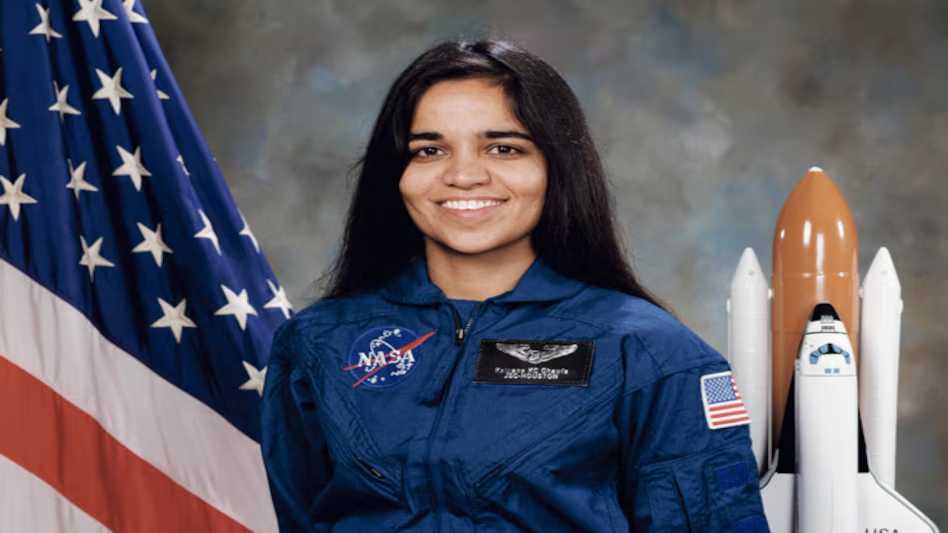In a solemn and symbolic gesture, NASA on Wednesday dedicated the world’s most powerful single-system image supercomputer to the memory of Kalpana Chawla — the pioneering astronaut who lost her life aboard Space Shuttle Columbia in 2003.
Unveiled at NASA’s Ames Research Center in California, the new system — named Kalpana — marks a milestone in computational science. Built on Silicon Graphics Inc.’s (SGI) Altix™ architecture, the machine integrates 512 Intel® Itanium® 2 processors into a single system image, making it the first of its kind globally. Designed to handle massive, complex simulations at unprecedented speed, the system will support mission-critical research in climate modeling, space vehicle design, and astrophysics.
But for NASA, the dedication is about more than performance metrics.
“Kalpana Chawla personified excellence, determination, and the universal quest to explore,” said Dr. G. Scott Hubbard, Director of NASA Ames. “Dedicating this extraordinary machine in her name is a tribute not only to her contributions but also to the generations she continues to inspire.”
Chawla, who was born in Karnal, India, became the first Indian-born woman in space in 1997 and flew her second mission aboard Columbia in 2003. Her life and work bridged nations, disciplines, and cultures, earning her admiration across the globe.
The Kalpana system — a centerpiece of NASA’s Columbia Supercomputer project — will be used for highly demanding computations that were previously considered infeasible. NASA scientists say it will help unlock new insights into Earth’s atmosphere, spacecraft safety, and the challenges of long-duration space travel.
The project’s name — Columbia — and now the system’s name — Kalpana — underscore NASA’s intent to turn tragedy into purpose.
In an era where computation increasingly drives exploration, the decision to name a world-class supercomputer after an astronaut symbolizes not only remembrance but also vision. Kalpana Chawla’s journey, from the classrooms of Punjab to the silence of space, will now echo through the calculations that power NASA’s future.


